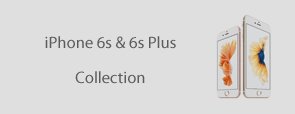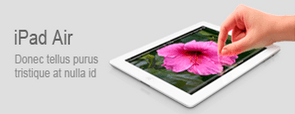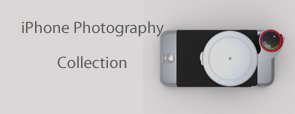SPACE KIT
Scientists have been exploring the earth and space science from as early as 4900 B.C. From ancient Egyptians, to Galileo, to Neil deGrasse Tyson, the secrets of the cosmos have kept us wondering, observing and learning. The littleBits Space Kit will enable anyone to build their own space investigations with little to no engineering knowledge. Included is a handy 30+ page booklet, with step-by-step instructions for 10 great projects like the ISS and Mars Rover. You'll also receive 2 9V battery + cables--everything you need to get started right out of the box.
Recommended Age: 14+
- Designed in collaboration with NASA SCIENTISTS & ENGINEERS
- Includes 12 modules, 5 NASA lesson plans and 10 STEAM activities
- Learn scientific principles like Electromagnetic, Kinetic, & Potential Energy
- Make a Mars Rover or an ISS; transmit music wirelessly and more!
- Connect with the littleBits library to infinitely expand your discoveries
BITS MODULES
- 1 Dc Motor
- 1 Light Sensor
- 2 Powers
- 2 Wires
- 1 Bright Led
- 1 Microphone
- 1 Ir Led
- 1 Number
- 1 Remote Trigger
- 1 Speaker
ACCESSORIES
- Motormate
- Screwdriver
- Battery + Cable
- 30+ pg. booklet
- audio cable
Product Specifications.
- Dimensions (mm): 310.0(H) x 100.0(W) x 36.0(D)
- Product Weight: 1.43 lbs (0.65 kg)
- Recommended Age: 14+
What’s in the kit?
12 modules that give you everything you need to conduct powerful scientific experiments: DC motor, Light sensor, Powers (2), Wires (2), Bright LED, Microphone, IR LED, Number, Remote Trigger, Speaker. Also includes, 9-volt battery+cable, motormate, screwdriver and 30 page booklet.
Why Space?
Scientists have been exploring the earth and space science from as early as 4900 B. C. From ancient Egyptians, to Galileo, to Neil deGrasse Tyson, the secrets of the cosmos have kept us wondering, observing and learning. The littleBits Space Kit will enable anyone to build their own space investigations with little to no engineering knowledge.
Featured Lesson: Satellite Orbit
When a satellite looks down on the Earth from space, it only sees a small part of the surface at a time during each orbit. But after many orbits, it eventually sees all of the surface so that a full map can be put together.
Featured Project: Data Communication
Learn how to wirelessly transmit music using a digital signal. How does it work? Your digitized music is fed through the microphone and converted into a series of light wave pulses. The pulses are decoded by the light sensor and converted into sound waves by the speaker. NASA uses electromagnetic waves to communicate with satellites orbiting Earth.
Featured Module: Number
The number module displays information about the signal it’s receiving from your other modules. It has two modes: in “value” mode, it displays a number from 0 to 99 on its LED display, where 0 is totally off, and 99 is all the way on. In “volts” mode, it displays the actual voltage on the signal pin, from 0.0 to 5.0 volts. It takes the same signal it receives and sends it out to the next module.
Featured Lesson: Satellite Dish
A very beautiful property of parabolas is that at a point called the focus, all of the lines entering the parabola parallel to its axis are ‘reflected’ from the parabolic curve and intersect the focus. This property is used by astronomers to design telescopes, and by radio engineers to design satellite dishes.
Featured Project: Mars Rover
Learn how NASA scientists are able to explore new worlds. Learn how NASA scientists are able to explore new worlds! This Mars rover, based off NASA's Opportunity, gathers and displays light information from the environment as it drives. Control it wirelessly using the remote trigger and a household remote control!
Video's & More
Littlebits Space Kit Video









